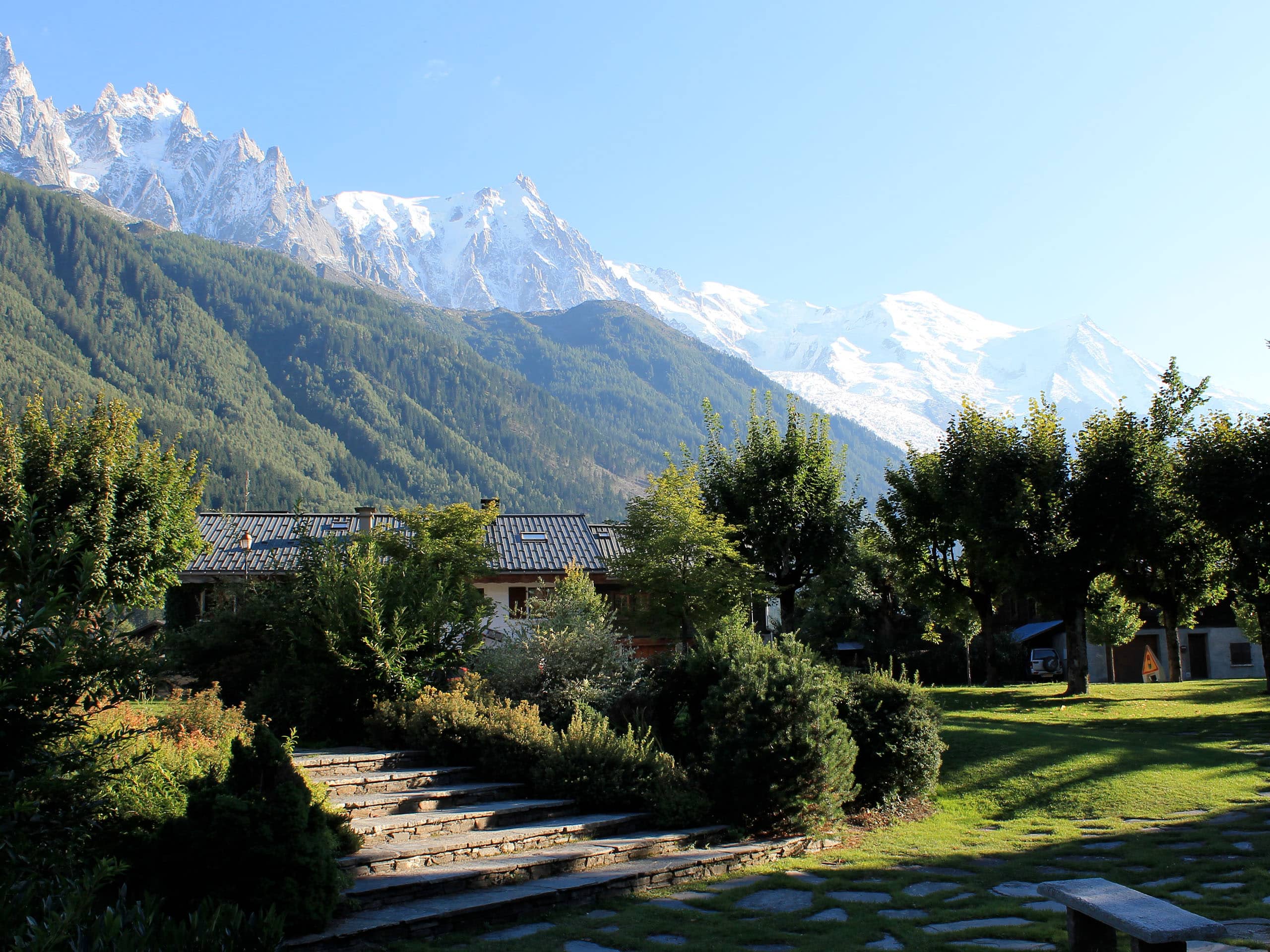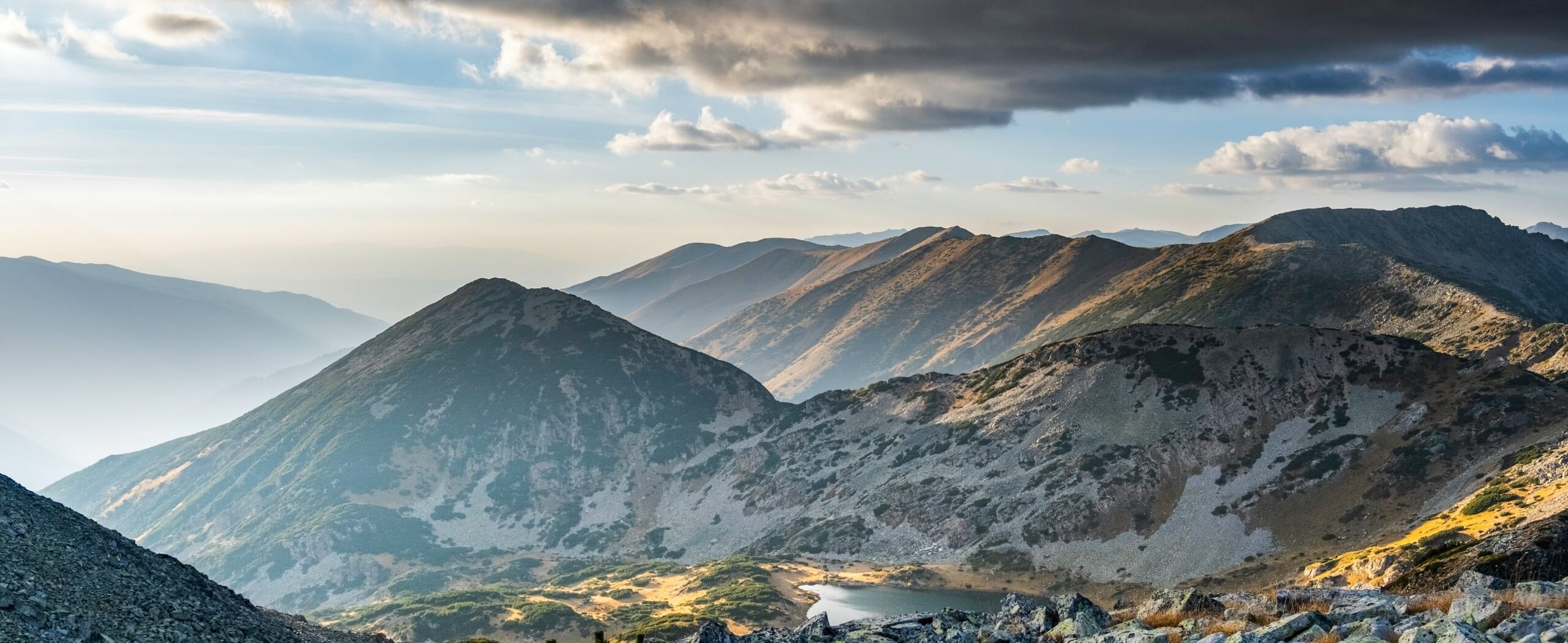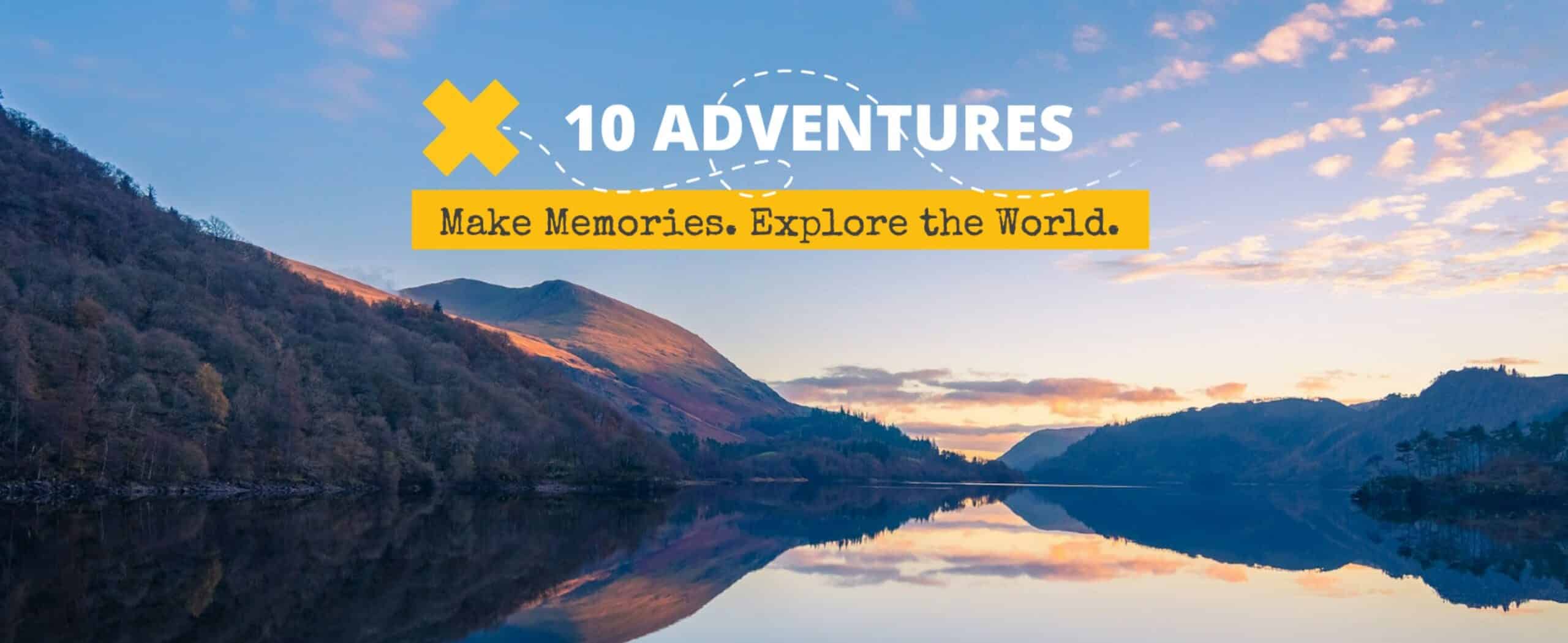You’ve spent months preparing for your trek, have your passport in hand, your bag sitting on the chair beside you, while the airport buzzes in the background. You’re feeling antsy with excitement and can’t stop daydreaming about trekking through a wildly scenic alpine setting, punctuated with rustic mountain huts and charming European villages. So why not pass the time by brushing up on some interesting facts about your upcoming tour along the Walker’s Haute Route? It’s always fun to know some side notes and tidbits of information on your destination, right? So read on for eight fun facts about your upcoming trekking adventure.
1. Most say that the Walker’s Haute Route to Zermatt is the most challenging of the five main alpine treks due to climbing higher elevations and more technical, loose sections. Learn more about the route and its distance here!
2. In English, Haute Route translates to High Road, which makes sense considering the trail’s structure. You pronounce it like “Oat Root.”
3. The Haute Route to Zermatt traverses 11 mountain passes—further highlighting its name (Haute Route).
Wondering where to stay while you explore these mountain passes? Our article on accommodation along the Walker’s Haute Route might help you out!
4. The English Alpine Club completed the Haute Route first sometime in the summer during the 19th century. This mountaineering route is not the official Walker’s Haute Route but opened up opportunities to discover the official route we know today. Then, in 1911 the Chamonix to Zermatt Haute Route was first completed by skis.
5. You’ll hear French speakers for most of the route, despite crossing into Switzerland. However, in Gruben, you’ll start to encounter more Swiss German!
6. The route begins in Chamonix, one of the world’s most renowned adventure towns, which hosted the first Olympic winter games in 1924.
7. Mont Blanc’s height changes due to the snow capping the top! No one knows the towering peak’s official elevation. In case you forgot: Mont Blanc shadows over Chamonix.
8. The Matterhorn stands tall in Zermatt, the Swiss town at the end of the route, and is made of African tectonic plates!
While there might not be a wide variety of interesting hard facts about the Walker’s Haute Route to Zermatt, that only means that more will be left to your imagination! Knowing every little detail about your destination prior to setting out on the trip is overrated anyway, so let the image of picturesque alpine scenery and quaint European villages occupy your mind for the time being, and prepare to be enthralled by the natural beauty of the Alps when the time actually comes to begin your trek.
Chamonix to Zermatt Haute Route Articles
Check out this list of articles to help you plan your next trek on the Walker’s Haute Route from Chamonix to Zermatt.
- Accomodation Guide to the Chamonix to Zermatt Haute Route
- Guide to the Haute Route from Chamonix to Zermatt
- Packing List for the Haute Route from Chamonix to Zermatt
- Best time to hike the Haute Route
- How to prepare to trek the Haute Route to Zermatt
- How long does it take to trek the Haute Route
- How much does it cost to trek the Haute Route
- FAQ for the Haute Route from Chamonix to Zermatt
- Interesting Facts about the Haute Route from Chamonix to Zermatt
Book a Trekking Tour
Check out this great selection of guided and self-guided tours in the Alps Region for the best Haute Route trekking experience.







Comments